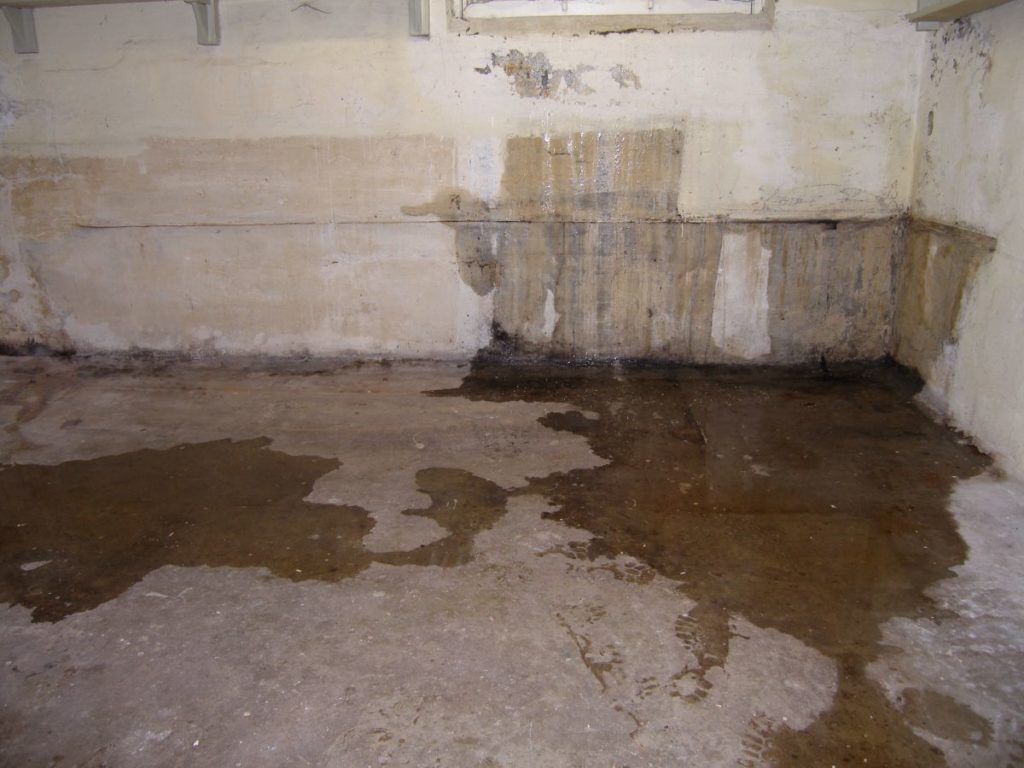In California, the measure of damages for tortious injury to real property, such as negligence, including damages caused by negligent construction defects, is governed in part by the so-called Lesser of Rule. Fraud, although a tort, is included, but may also involve a different damages analysis. For our purposes here, we consider the application of the Lesser of Rule, as it is stated, generally to tortious injury or damage to real property. The Lesser of Rule, simply stated, is this: For tort damages to real property, a plaintiff is entitled to recover the lesser of 1) the cost of repair or 2) the diminution/reduction in value. This means, for instance, where the cost to repair a property is say $400,000.00 and the reduction in value caused by the harm is $200,000.00, then the plaintiff is entitled to recover only the lesser sum, or $200,000.00.

The statutory basis for recovery of damages for a tort injury to real property is found in Civil Code § 3333, entitled “Torts in General”, which defines the measure of damages for injury to real property for a breach of obligation not arising from contract (and therefore tort) as “the amount which will compensate for all detriment proximity caused thereby, whether it could have been anticipated or not”, thus distinguishing tort damages from contract-based damages, which requires that the parties foresee or anticipate certain damages at the time of the contract.
The Lesser of Rule has been developed by the courts as a guide to recovery for damage to real property, and to specifically address circumstances such as the example above where the reduction in value is less than the cost of repair, and where the sale of the property would essentially prove the lesser amount as the true loss, and prevent a windfall to plaintiffs which would result if the larger sum were awarded. As a practical matter for most plaintiffs, the cost of repair and reduction in value should be nearly identical because, to either a seller or buyer, the cost of repair represents the cost to remedy the harm, and thus the exact value of the cost to restore any reduction in value caused by the harm. And, while the defense will undoubtedly always counter with a competing cost of repair that is less than the plaintiff’s, and a correspondingly lower reduction in value, the plaintiff would face this defense in any case, and must prove the reasonableness of the cost of repair in any event.
A challenging case is presented where a plaintiff acknowledges that the cost of repair is greater than the reduction in value, but seeks the cost of repair anyway in order to complete the repairs, and has a unique or special reason for doing so, and therefore seeks an exception to the rule. Such an exception is available; known as the personal reason exception, addressed below.
Lesser of Rule Jury Instruction
The Lesser of Rule is set forth in the CACI Judicial Council Jury Instruction No. 3903F, which states:
“To recover damages for harm to property, the plaintiff must prove the reduction in the properties’ value or the reasonable cost of repairing the harm.”
As the directions for use of the jury instruction indicate, this instruction (3903F) is to be used for cases with damages to real property caused by trespass, permanent nuisance or other tortious conduct. To determine whether the cost of repairing the harm is reasonable, the jury would examine evidence and decide whether there was a reasonable relationship between the cost of repair and the harm caused, considering the expense and time involved to restore the property to its original condition. If the jury finds that the cost of repairing the harm is not reasonable, then the jury may award any reduction in the property’s value.
The Personal Reason Exception to The Lesser of Rule
Jury Instruction 3903F also identifies the well-known exception to the Lesser of Rule in California, known as the “personal reason exception”, an exception to the Lesser of Rule that was articulated in a series of cases, of which the lead case is Orndorff v. Christiana Community Builders (1990) 217 Cal.App.3d 683, 687, and Heninger v. Dunn (1990) 101 Cal.App.3d 858, 863-4. The essence of the exception is that the Lesser of Rule is not a rigid and inflexible rule, and in instances where the property owner has a personal reason for preferring the cost of repair option, such as instances where the owner has no desire to sell the property and has personal reasons for repairing the property, even though the cost of repair may be greater than the diminution in value/loss of value, then, in those cases, subject to evidence of the personal reasons and the reasonableness of the repair, the owner may be entitled to the exception to the Lesser of Rule, and may recover cost of repair damages greater, rather than less, than diminution in value. Discussion of the Lesser of Rule and the personal reason exception is found in Kelly v. CB&I Constructors, Inc. (2009) 179 Cal.App.4th 442. As the jury instruction 3903F states: “If the plaintiff has a genuine desire to repair the property for personal reasons, and if the costs of repair are reasonable given the damage to the property and the value after the repair, then the cost of repair may be awarded even if they exceed the properties’ loss of value.”
Burden of Proof for Proving Either Element
The question arises as to whether the plaintiff must prove both elements of the Rule, that is both the cost of repair and the diminution in value. This question is addressed in Armitage v. Decker (1990) 218 Cal.App.3d 887, 905, which indicated that when a plaintiff proves damages by showing the cost of repairs it should be incumbent on the defendant to introduce evidence that the repair costs exceed the value of the property, and where a plaintiff establishes damages by showing a depreciation in the value of real property, courts have held that the defendant would have the burden of coming forward with proof that the cost of restoration would be less. To be safe, and when the reasonableness of the cost of repair is a contested issue, which is virtually always the case, then the value of the property should be considered and evidence of the reduction in value should be submitted to the jury. In such cases, a plaintiff should be prepared to prove both cost of repair and reduction in value, using expert testimony to establish the cost of repair as an equivalent to diminution in value, which is commonly the case anyway: that the cost of repair is the same as the diminution in value.
Determining the Reduction/Loss in Value: Fair Market Value
To determine the reduction or diminution in real property value in real property damage cases, a plaintiff must establish and prove the fair market value of the property before the harm occurred and then subtract the fair market value of the property immediately after the harm occurred. The difference is the reduction in value. Fair market value is defined in the jury instruction (3903G) as: the highest price for the property that a willing buyer would have paid, assuming 1) There was no pressure on either seller or buyer to sell or buy, and 2) The seller and buyer know all the uses and purposes for which the property is reasonably capable of being used. This establishes the other element of the Lesser of equation: the reduction in property value which the harm has caused.

Damages for Loss of Use of Real Property
In cases where cost of repair are appropriate and may be awarded, loss of use damages are also recoverable. The award of loss of use damages in additi0n to cost of repair is a definite element of construction defect claims. As stated in Ravens Cove Townhomes v. Knuppe Development Co. (1981) 114 Cal.App.3d 783, 802, “the proper measure of damages is the cost of remedying the defects and repairing the individual homeowners’ properties together with the value of the lost use during the period of injury.” See also, Ferraro v. Southern California Gas Co. (1980) 102 Cal.App.3d 33, 50-51, which states: “There is no question that when cost of restoration is the correct measure of damages for injury to real property, compensation for loss of use would be appropriate.” Loss of use damages can be expansively interpreted to include the period of injury, not simply the period of the repair.
For a consultation of real property damages and construction defects, contact Timothy Norton of Norton & Associates today at 310.706.4134 for a consultation, or make an appointment online.


